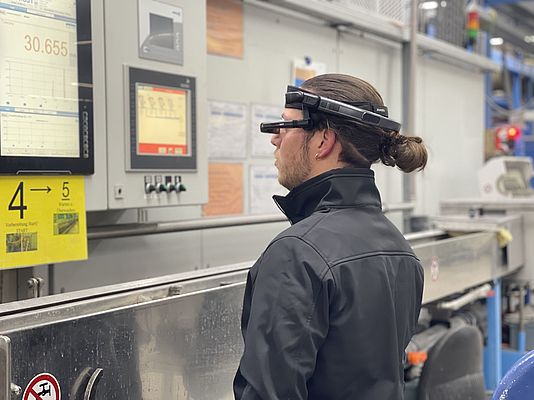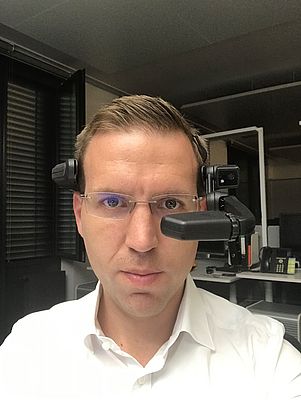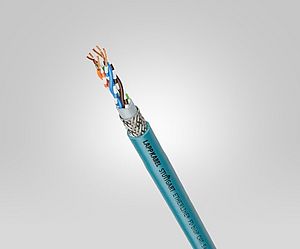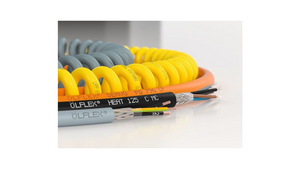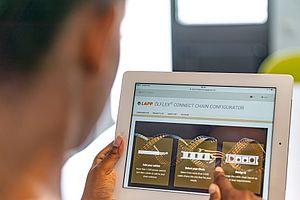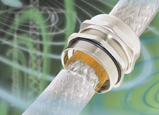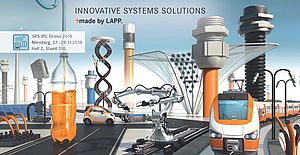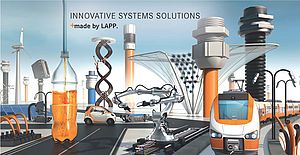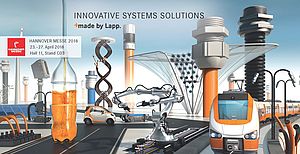In certain areas, the pandemic has brought about some positive developments. This is because, at a time when employees mainly had to work from home and business trips were virtually impossible, many companies pushed their digital processes onwards with great urgency out of necessity.
What is the difference between virtual and augmented reality? A brief definition and delineation: while virtual reality conceals the real world entirely and replaces it with a synthetically generated environment, augmented reality continues to conserve reality and merely supplements this with virtual elements. We see this almost every day on TV when arrows or circles are displayed on sports broadcasts explaining strategic movements. Or in a car when navigation hints appear on the windshield. Augmented reality can also be used to visualise future buildings or entire room designs. Or in the "Pokémon GO" smartphone game, where players can track down virtual Pokémon in the real world.
Supplier selection using AR
This AR technology opens us lots of new possibilities. It is also capable of making many work and coordination processes easier at LAPP. "For us, augmented reality is an important tool enabling us to be there without actually being physically present," says Markus Liller, Head of Supplier Management at U.I. Lapp GmbH. When it comes to selecting suitable suppliers, LAPP is increasingly making use of augmented reality. The starting shot for this digital option was fired during the pandemic: visiting potential and checking up on existing suppliers was virtually impossible at the time because travel was forbidden or else involved an enormous amount of effort. This meant the LAPP Supplier Management team could no longer perform their job in the fullest sense. Site visits were simply no longer feasible.
On the initiative of Purchasing Manager Peter Halbauer, and under the project management of Markus Liller alternative technologies were sought that would at least enable digital quality assurance. A new partner was finally found in the Italian software provider "OverIT" with its cloud-based software "SPACE1". Initial testing commenced with pre-assembled augmented reality glasses borrowed from the service provider. Today, LAPP has concluded a multiple-year contract with "OverIT" that includes licences for the entire Lapp Group worldwide. Augmented reality glasses are increasingly being used at our many production and sales sites. "In theory, smartphones could also be used with the AR software but the AR glasses mean everyone's hands remain free so that instructions can be followed better" explains Mr Liller.
Hundreds of kilometres digitally bridged
The augmented reality glasses work in much the same way as a hugely powerful digital telescope, which can be used to view the exact book titles on a living room shelf across hundreds or thousands of kilometres – from anywhere in the world. To do this, all you need is a laptop with the corresponding software and a person who is located in this far-off living room and looking at the bookshelf wearing a correspondingly configured pair of AR glasses. The person on the laptop can then tell the AR glasses wearer exactly which book to pull off the shelf or which page of the book to open or else use digital characters on the laptop to do this.
It works no differently in a factory either. An expert sits at the laptop computer and sees exactly what the AR glasses wearer sees at that moment, and can talk to the person, telling him or her exactly what to demonstrate. In case of language barriers, symbols are also possible. The glasses wearer can also see arrows or circles on the laptop and act accordingly.
A wide range of possible applications
AR technology is very helpful in Supplier Management, which is not only about production standards, but also about compliance with human rights and environmental protection as per the new German Supply Chain Diligence Act. For example, the Supplier Management team at LAPP’s headquarters in Germany sent a pair of pre-configured Augmented Reality glasses to a service provider to verify a potential supplier from India. The latter then used the glasses to take a tour of their plant. In order to be able to assess compliance with occupational safety measures in reality, an appointment was made at very short notice. At the “other end” in Germany, an employee from Supplier Management sat in front of their laptop and saw exactly what the other person saw with their glasses. He was able to precisely specify which areas of production should be displayed verbally or using digital information. At the same time, he were able to save the corresponding images and videos in order to document the audit. In the end, the cable manufacturer passed the audit and was accepted as a new supplier for LAPP.
But in production too, AR technology can provide help quickly. Recently, for example, a large machine from China had to be built to expand production capacity in the shortest possible time. As there was still a travel ban, the Chinese manufacturer assisted with the setup by transferring all the steps to their laptop using the AR glasses on site and being able to communicate the next steps of the setup. AR technology also helped in the event of an unscheduled machine failure at night. The machine operator alerted an expert who was not on site. With the help of the AR glasses, the expert was still able to take a close look at the machine and give the operator precise instructions so that production could be restarted. AR software offers numerous other possibilities besides: it can also display additional information such as maintenance instructions, drawings or fault diagnostics to support the glasses wearer. This is particularly helpful when it comes to troubleshooting. "There is still a lot of unused potential for AR technology. At LAPP, we will certainly continue to develop its use even further,” Mr Liller stresses.


